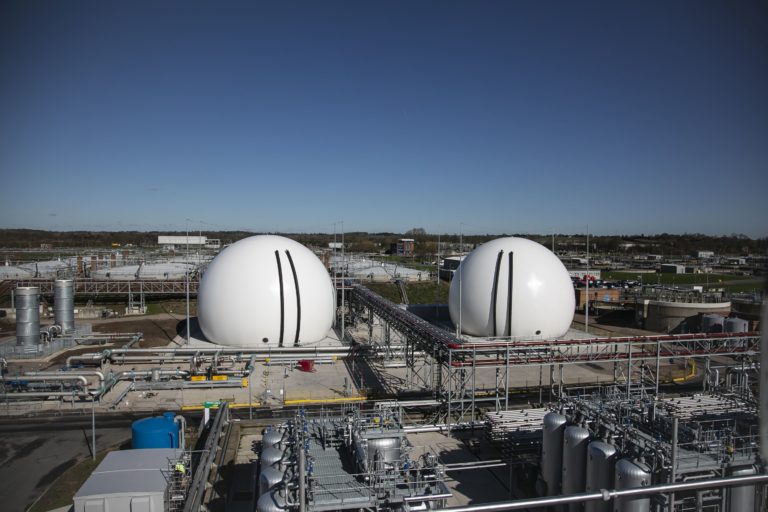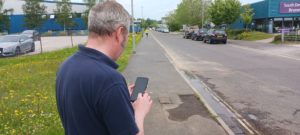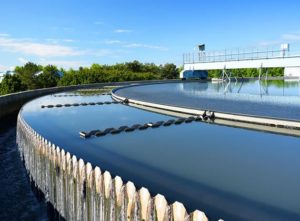Pump that sludge – with optimum efficiency

Intensive techniques like thermohydrolysis produce sludges with higher dry solids content which are more difficult to pump. (Image source: Severn Trent)
More efficient pumping of sludge could help water companies in England reach their goal of net zero carbon emissions by 2030, along with meeting the regulator’s requirement to reduce capital expenditure and cut bills for customers. However, most utilities have not yet acted to reduce the carbon and financial cost of transporting sludge.
For decades the industry standard calculation technique for sludge pumping system pressure losses has been WRc’s TR 185 How to design sewage sludge pumping systems document, which dates back to 1983 and has served the industry well. It suited a pre-digital era when water companies could afford to build in a wide safety margin because energy was less costly, carbon went unquantified and budgets were bigger.
Other recent factors impacting directly on sludge processing are population growth, which is increasing volumes, and legislation restricting disposal to land. This means utilities are using intensive techniques like thermohydrolysis, which result in sludges with higher dry solids content.
In summary, existing equipment now has to work harder, moving thicker, more concentrated sludges that are more difficult to pump. As with any application, accurate selection and sizing of pumps used for the transport of sewage sludge has important cost implications, along with operational risk management considerations.
Under-sizing can mean failure to achieve the required throughput, whilst oversizing leads to excessive capital cost and energy consumption. Utilities can no longer squander energy and emit unnecessary carbon and the cost challenge means they need to get to know their assets and process streams much better.
Data requirement
The need for leaner pump systems means more variables need to be taken into account, which can be challenging where the data is not readily available. At the heart of making sludge transport and pumping more efficient is the need to better understand sludge rheology – how it flows.
Variables include pipe size, length, roughness, fittings and elevation as well as the viscosity and temperature of the sludge and the flow rate desired by the operator. To ensure efficient pumping systems, design engineers estimate total pressure losses across the range of variables at a given site. If these estimates are inaccurate this can result in oversized pumps and higher frictional losses, adding considerable capital and operational cost to any system.
The good news is that engineers can now predict sludge rheology and assess and interpret the impact and interaction of these variables through a sophisticated systems losses tool developed by BHR Group. SLOT 2.0, which was launched in January 2020, is a software program developed as part of a research programme originally funded by UK water companies and suppliers.
Operating efficiency
The software enables pump system operators to understand where each pump should be operating on its pump and efficiency curves, matching against the particular system pressure curve to find the operating point. This makes it possible to determine optimum pump-operating points and identify the most effective pumps to use on a given system – selecting the optimal size, type, quantity and configuration, right down to the manufacturer. Potential blockages can also be identified by monitoring the actual versus the predicted pump performance.
The software shows what is actually happening in the network and can be used to generate scenarios in advance of anticipated changes to the system or the sludge rheology. This means it is now possible to specify pumps more precisely than ever before and the capital cost and optimum energy consumption can be calculated well ahead of installation.
Digital twinning
It is realistic to envision pump system designers using SLOT 2.0 to digitally twin the sludge pipe network. Being able to accurately compare pressure and flow in the real network with SLOT’s predictions, it is possible to see, for example, what would happen to pump operation in the event of a struvite blockage; or how the system would respond if a sludge stream was thickened by eight per cent.
For new-build sludge processing projects, SLOT 2.0 is the best tool available for accurate sizing of pumps and pipes. It is underpinned by BHR Group’s sludge rheology database, which is the largest in the world, and makes it much easier to characterise new sludge types that cannot be predicted using existing rheology data.
Future systems
Ultimately, SLOT 2.0 makes it possible for utilities to make investment decisions based on the most comprehensive assessment possible of both capital and whole-life cost of assets, bringing down the total expenditure (totex) required. The possibilities do not end there though. BHR is looking beyond the existing assets in the expectation that more sensors will be installed in sludge networks with the uptake of real-time monitoring.
Fifteen utility and contracting companies in the UK have already trialled sludge management operations with SLOT 2.0 and feedback to date has been very positive. Indications are that the value of being able to predict and manage sludge network performance at the desktop, before going out on site, will prove massively powerful going into AMP 7 – the regulatory asset management period 2020-2025.
Meanwhile, BHR Group is continually improving SLOT, with further advancements anticipated as users relay their experiences and requirements. The long-term outlook heralds greater capacity sludge systems with higher velocity throughput and solids content, which means the need for close attention to the whole performance envelope is only going to grow.
Source: BHR Group







